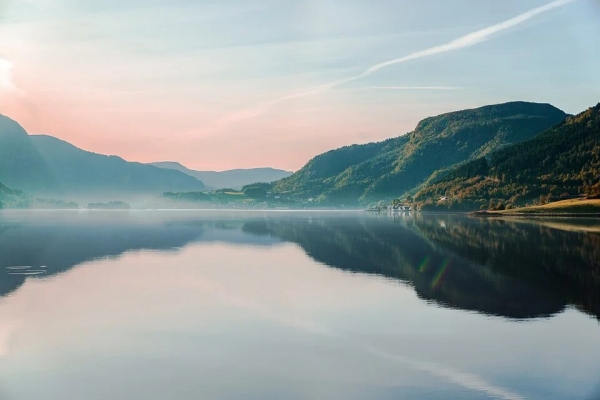If global warming persists, blue lakes worldwide are at risk of turning green-brown, according to a new study which presents the first global inventory of lake color. Shifts in lake water color can indicate a loss of ecosystem health.
While substances such as algae and sediments can affect the color of lakes, the new study finds air temperature, precipitation, lake depth and elevation also play important roles in determining a lake’s most common water color.
Blue lakes, which account for less than one-third of the world’s lakes, tend to be deeper and are found in cool, high-latitude regions with high precipitation and winter ice cover. Green-brown lakes, which are 69% of all lakes, are more widespread, and are found in drier regions, continental interiors, and along coastlines, the study finds.
The new research was published in Geophysical Research Letters, AGU’s journal publishing high-impact, short-format reports with immediate implications spanning all Earth and space sciences.
Read more at American Geophysical Union
Photo Credit: iniesta44 via Pixabay


